A simple introduction to the world of defective coffee beans
Professional barista communication, please pay attention to coffee workshop (Weixin Official Accounts cafe_style )
01
Coffee growing environment
Coffee beans differ in appearance from different growing environments, coffee growth zone is usually the Tropic of Cancer and Tropic of Cancer and tropical areas near the equator. Unique coffee varieties are grown in special growing areas, and there are many types of coffee beans and growing environments. The book on fine coffee beans mentions that varieties derived from Arabica, such as Typica, Bourbon traditional varieties and new improved varieties such as Caturra and Kenyan Ruirull, are mainly produced at higher altitudes between 600 and 1000 meters to distinguish them from the lower-rated varieties (Canophora/Robosta) produced at lower altitudes. There are many differences in the appearance of coffee beans due to environmental differences, with green leaves ranging from yellow-green to dark green or even brass.
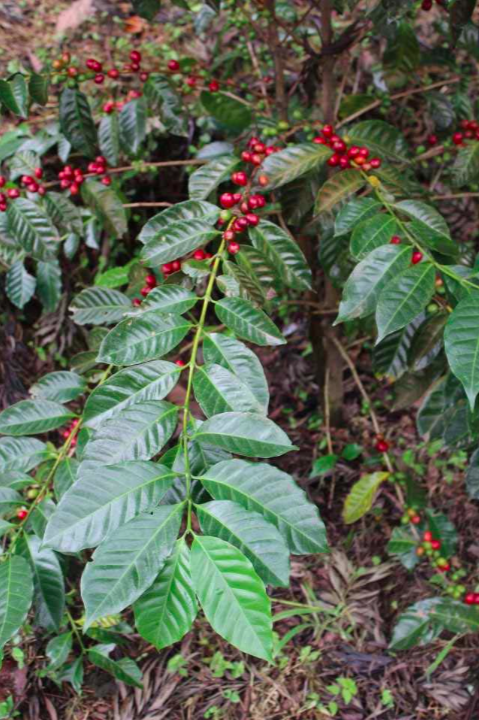
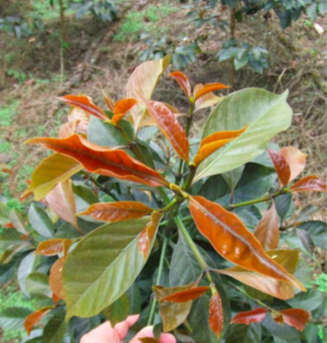
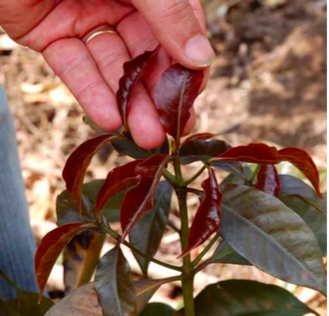
There are three major coffee bean varieties commercially, the most widely cultivated being Arabica, the most important and the best quality coffee bean. Arabica beans grow at altitudes of 500m to 2000m. They are neither resistant to heat nor rain, and their cost is relatively high compared to other coffee beans, but their flavor is really good. If we were to write an adjective for Arabica beans, it would be the more "princess" beans!
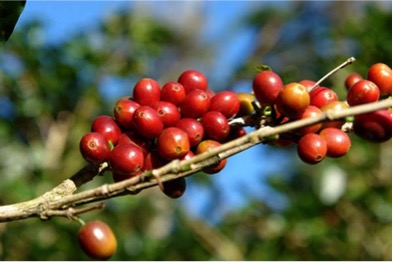
02
Coffee growing methods
Growing a perfect bean requires mentioning the growing environment, and of course the planting method is also very important. Coffee trees are planted under shady trees to avoid the scorching sun. This planting method is called "shadow planting". The United States Department of Agriculture has conducted studies showing that shade planting areas can stabilize nitrogen concentration and prevent soil erosion, reduce drought and wind disasters, etc. There is also a modern type of cultivation called "shade", which can grow in the sun without shade, so the distance between coffee trees can be shortened and the yield can be increased.
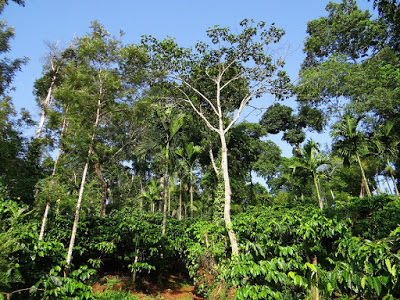
shadow planting
03
defective beans in coffee beans
Unsifted beans are thrown into the roasting process, and the roasted beans, no matter how good the technology, cannot cook delicious coffee. Because coffee beans are often mixed with impurities and bad beans, and bad beans we call "defective beans." So this little knowledge is quite important, but how many kinds of defective beans are there?
The following are the types of green bean defects to introduce:
● Full Black
Characteristics: Whole or partial raw beans appear black opaque appearance. Reasons for formation: blackening is caused by excessive fermentation, such as fermentation or odor, dusty smell, moldy sour smell.
● Whole sour beans. Full Sour.Partial Sour
Characteristics: Beans are identified as sour beans when they are yellowish brown or reddish brown.
Reasons for formation: sour beans are in the process of harvesting and handling, beans are fermented and contaminated by bacteria.
● Fungus Damage
◎ Features: Mildew damage beans early yellow brown reddish brown points indicate that the spores were infected.
Reasons for formation: Mildewed beans are usually caused by mold spores on beans, which are stored at a certain temperature and humidity after harvest, which will cause mold growth to infect beans.
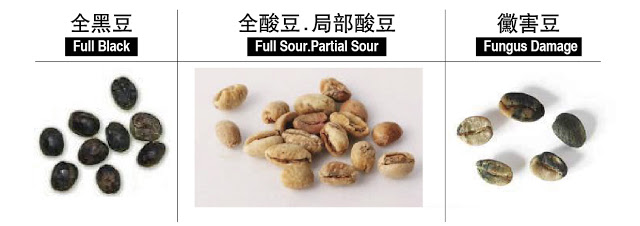
● Insect damage
Features: Diameter 0.3-1 . smm, usually on the inside of the coffee bean.
Reasons for formation: pests are the most serious in coffee agriculture, when the fruit is still on the tree when the insects have been drilled into the fruit breeding.
● Broken beans
Characteristics: Broken beans usually have a dark red area due to oxidation.
Causes: Cracked beans are usually cracked by incorrect alignment machines and excessive friction or extrusion when processing pulp or dry processing.
● Immature beans (Immature beans)
Characteristics: Unripe beans can be distinguished by the pale and yellow-green skin or the white spots on the skin.
Reasons for formation: There are many reasons for not fully mature, improper harvesting of immature fruits and late ripening of berries at higher altitudes.
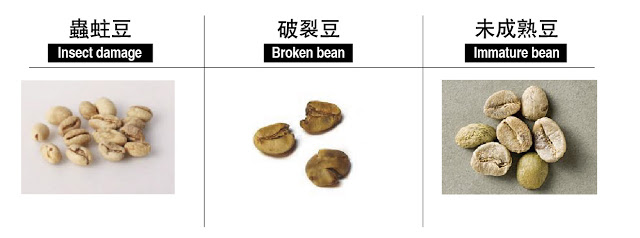
● Deformity beans
Features: abnormal shape, slightly enlarged incision off center. Reasons: growth defects, physiological factors.
● Shell
Characteristics: Shell beans are formed by internal or external separation deformation at the same time.
* Cause of formation: mainly due to genetic variation.
● Floater
Characteristics: Floating beans are particularly white or discolored in appearance, while raw beans may have spots in appearance.
Reasons for formation: For processing, this defect is caused by improper storage or drying, which usually leads to discoloration or low density of beans.
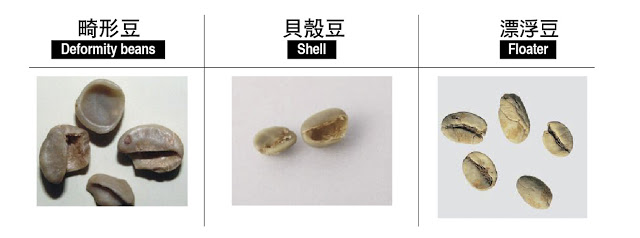
After reading all kinds of broken defective beans, you should know how important it is to have a good cup of coffee. A cup of coffee without picking beans will definitely have a great impact on the overall quality, but the flavor of coffee may have some flaws, and it may also be some very bad smells. The so-called "a mouse droppings spoils a pot of porridge" is really very appropriate here.
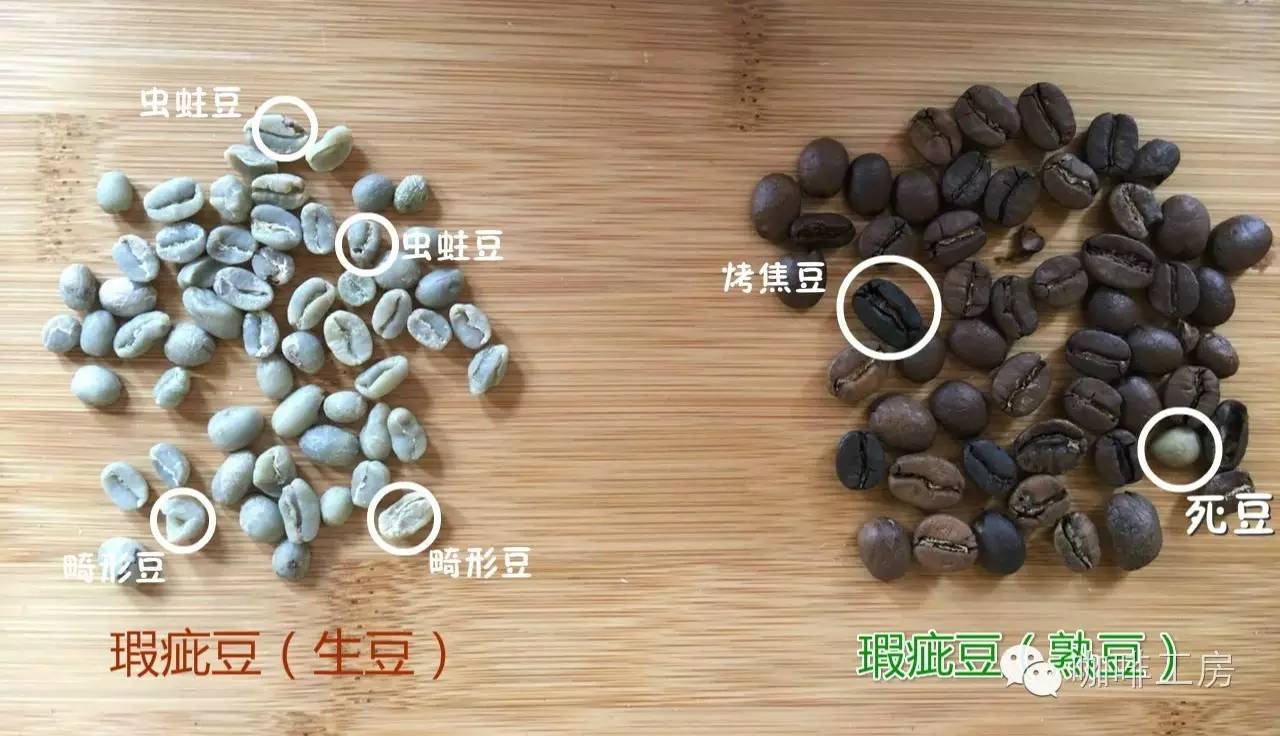
Under strict classification and fine roasting, a cup of coffee in the process of selecting beans and roasting beans, it establishes an important foundation for a good cup of coffee.
Important Notice :
前街咖啡 FrontStreet Coffee has moved to new addredd:
FrontStreet Coffee Address: 315,Donghua East Road,GuangZhou
Tel:020 38364473
- Prev
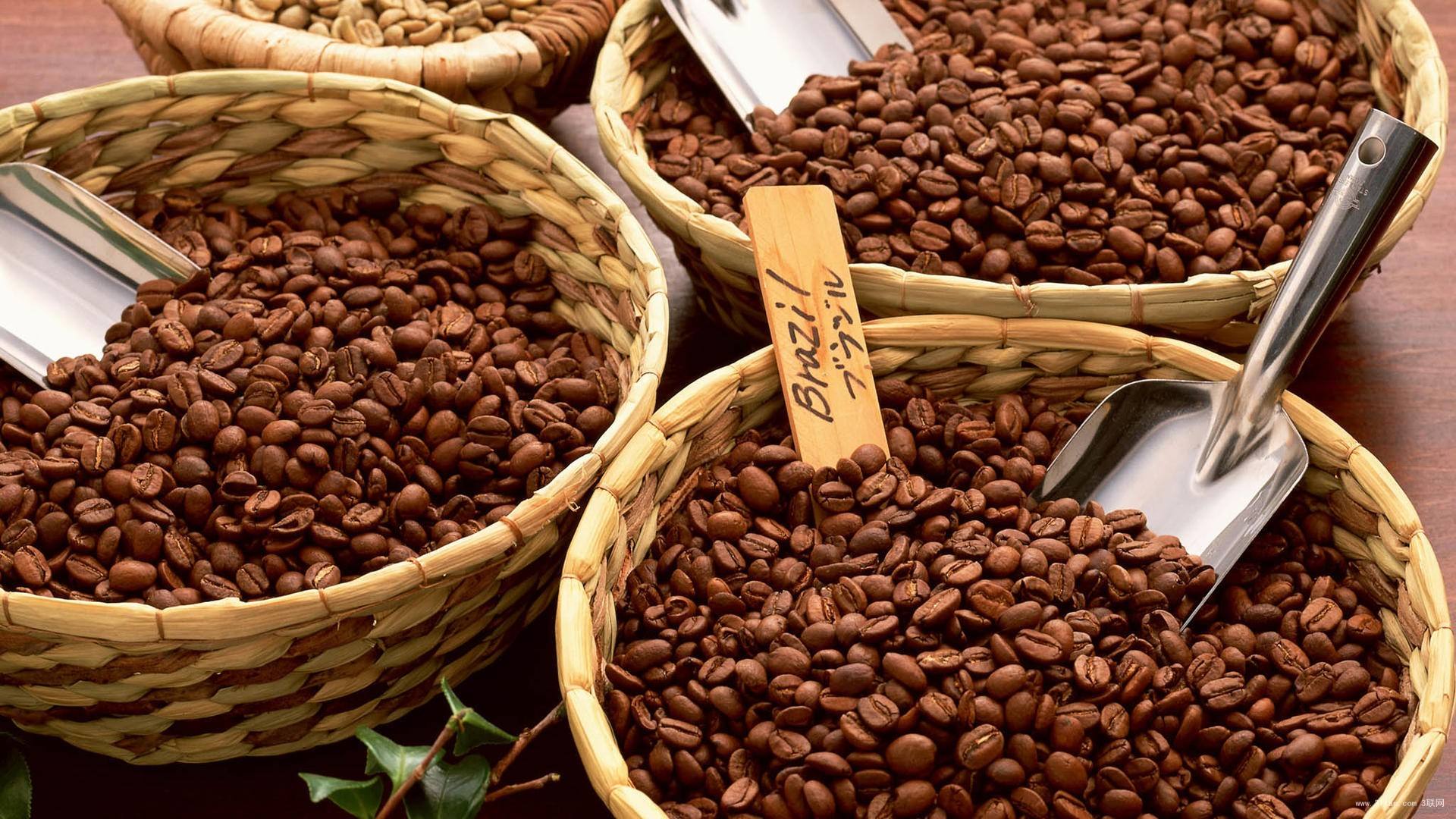
What substances do the astringency in coffee come from?
Pay attention to the coffee comment (Weixin Official Accounts vdailycom ) and find out that the astringency in the coffee in the beautiful cafe opens its own small shop is due to those substances? The astringency of coffee mainly comes from the degradation of chlorogenic acid into Decaffeoylquinic acid during roasting. In addition, a small amount of tartaric acid contained in coffee also
- Next
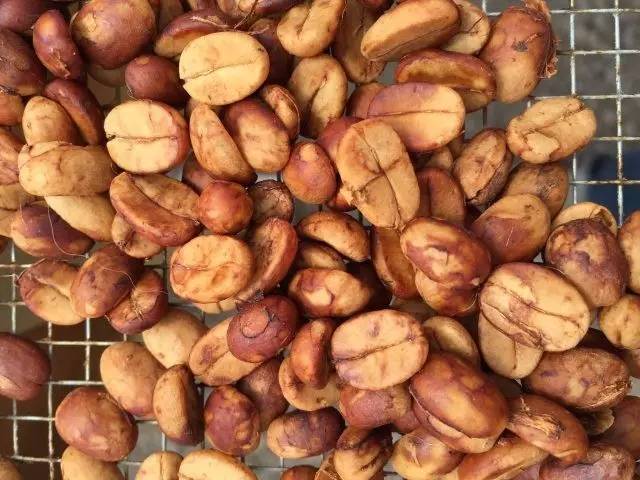
Effect of fermentation on the development of coffee flavor during treatment
Following Cafe (official Wechat account vdailycom) found that Beautiful Cafe opened a small shop of its own in 2015. In 2015, Sasa Sestic won the WBC World Barista Competition. The coffee beans used in the competition adopted a very groundbreaking treatment method by injecting carbon dioxide into the container to soak and ferment the opposite beans. Two years after this game,
Related
- Beginners will see the "Coffee pull flower" guide!
- What is the difference between ice blog purified milk and ordinary milk coffee?
- Why is the Philippines the largest producer of crops in Liberia?
- For coffee extraction, should the fine powder be retained?
- How does extracted espresso fill pressed powder? How much strength does it take to press the powder?
- How to make jasmine cold extract coffee? Is the jasmine + latte good?
- Will this little toy really make the coffee taste better? How does Lily Drip affect coffee extraction?
- Will the action of slapping the filter cup also affect coffee extraction?
- What's the difference between powder-to-water ratio and powder-to-liquid ratio?
- What is the Ethiopian local species? What does it have to do with Heirloom native species?

